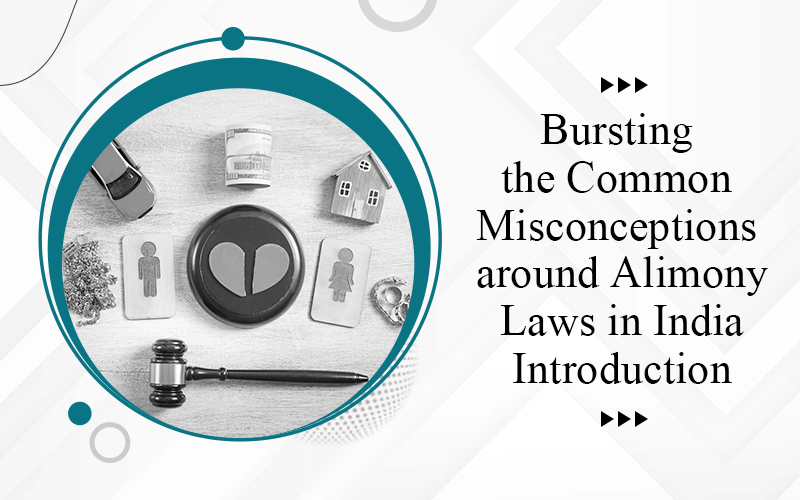Safeguarding privacy under section 354C of IPC
The right to privacy is a fundamental human right recognized in India. This right extends to an individual’s personal space and their expectation of not being observed while engaging in private acts. Voyeurism, the act of deriving sexual gratification from observing someone in a private situation, is a violation of this right. In 2013, Section 354C of the Indian Penal Code (IPC) was introduced to specifically address this offense. This article delves into the legalities of voyeurism in India, unpacking Section 354C and its implications.
What is Voyeurism under section 354C of IPC?
Voyeurism is the act of gaining sexual gratification by observing someone in a private or intimate situation without their consent. This can involve watching someone undress, using the restroom, or engaging in sexual activity. Voyeurism can be committed through physical observation or by recording such acts through photographs or videos. The act itself is intrusive and a violation of a person’s privacy, but the dissemination of captured images or videos further intensifies the offense.
Understanding Section 354C of the IPC
Section 354C of the IPC criminalizes voyeurism. It states that any man who:
- Watches or captures the image of a woman engaging in a private act, or
- Disseminates such images in circumstances where the woman has a reasonable expectation of privacy, commits an offense punishable by law.
The key elements of Section 354C are:
- Gender: The section specifically uses the term “woman” as the victim. This has been a subject of debate, with arguments for gender-neutral language to encompass voyeurism against any person.
- Private Act: The explanation to Section 354C defines a “private act” as:
- Occurring in a place where privacy is expected (e.g., changing room, bathroom).
- Exposing genitals, buttocks, or breasts, even if covered by undergarments.
- Using a lavatory.
- Engaging in a non-public sexual act.
- Expectation of Privacy: The act must occur in a place where the woman would reasonably expect not to be observed. This includes public spaces where one can expect a degree of privacy, like changing cubicles or secluded areas.
- Consent: Even if a woman consents to being captured, but not to the dissemination of the images or video, sharing it becomes an offense under Section 354C.
- Punishment: The punishment for voyeurism under Section 354C varies depending on whether it’s a first or subsequent offense:
- First Conviction: Imprisonment for 1 to 3 years and a fine.
- Second or Subsequent Conviction: Imprisonment for 3 to 7 years and a fine.
Scope and Limitations of Section 354C
While Section 354C is a crucial step towards protecting privacy, there are limitations to consider:
- Gender Bias: The gender-specific language excludes voyeurism against men and transgender individuals.
- Technological Advancements: The section primarily focuses on physical observation and capturing images/videos. Voyeurism through hacking cameras or installing spyware isn’t explicitly addressed.
- Proof and Consent: The burden of proof lies with the prosecution to establish the lack of consent and the private nature of the act.
Landmark cases on section 354C of IPC
- Shivam Sharma vs. State of M.P. and Anr. (2022): In this Madhya Pradesh High Court case, the accused allegedly shared intimate pictures of the victim with her father without her consent. The court observed that these facts constituted a prima facie offense under Section 354C. This case highlights that sharing captured images or videos without consent, even if taken with initial permission, can be considered voyeurism.
- State of Maharashtra vs. Vijay: In this case, the Bombay High Court addressed the issue of a man who had secretly filmed a woman while she was in her private space. The court emphasized the importance of consent and privacy, affirming that the non-consensual capturing and dissemination of images constitute a serious violation of privacy under Section 354C. The judgment underscored that the act of filming someone in a private act without their knowledge or consent is punishable under this section.
- Kalandi Charan Lenka vs. State of Odisha: In this case, the Orissa High Court dealt with a situation where the accused had secretly recorded videos of a woman and later threatened to publish them. The court upheld the conviction under Section 354C, reiterating that the intent to capture or share images without consent is sufficient to constitute the offense of voyeurism. The judgment highlighted the severe psychological impact such acts can have on victims.
- Ajay Rathi vs. State of Haryana: The Punjab and Haryana High Court in this case reinforced the importance of the victim’s reasonable expectation of privacy. The court clarified that even if the act takes place in a semi-public space, as long as the victim had a reasonable expectation of privacy, the perpetrator could be charged under Section 354C. The case involved the non-consensual recording of a woman in a changing room, emphasizing the protected nature of such spaces.
- Chirag M. Pathak vs. State of Gujarat: In this case, the Gujarat High Court dealt with the issue of dissemination of non-consensual recordings. The court held that even if the recording was done consensually, its subsequent dissemination without the woman’s consent could attract charges under Section 354C. This judgment highlighted the broader scope of voyeurism, including the distribution of private images.
Moving Forward: Strengthening Protections Against Voyeurism
To address the limitations and keep pace with evolving technology, certain improvements can be considered:
- Gender-Neutral Language: Amending the section to use gender-neutral language would ensure broader protection.
- Technological Inclusion: The definition of “capturing the image” can be expanded to encompass capturing through electronic means.
- Raising Awareness: Public awareness campaigns can educate people about voyeurism and their rights under Section 354C.
- Stricter Enforcement: Ensuring swift and effective investigation and prosecution of voyeurism cases can deter potential offenders.
Conclusion
Voyeurism is a serious offense that violates a person’s privacy and can have lasting emotional consequences. Section 354C of the IPC plays a vital role in addressing this issue. However, continuous efforts are required to ensure its effectiveness. By adopting gender-neutral language, keeping pace with technological advancements, and raising awareness, India can strengthen its legal framework and create a safer environment for everyone’s right to privacy.




